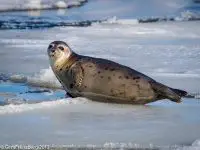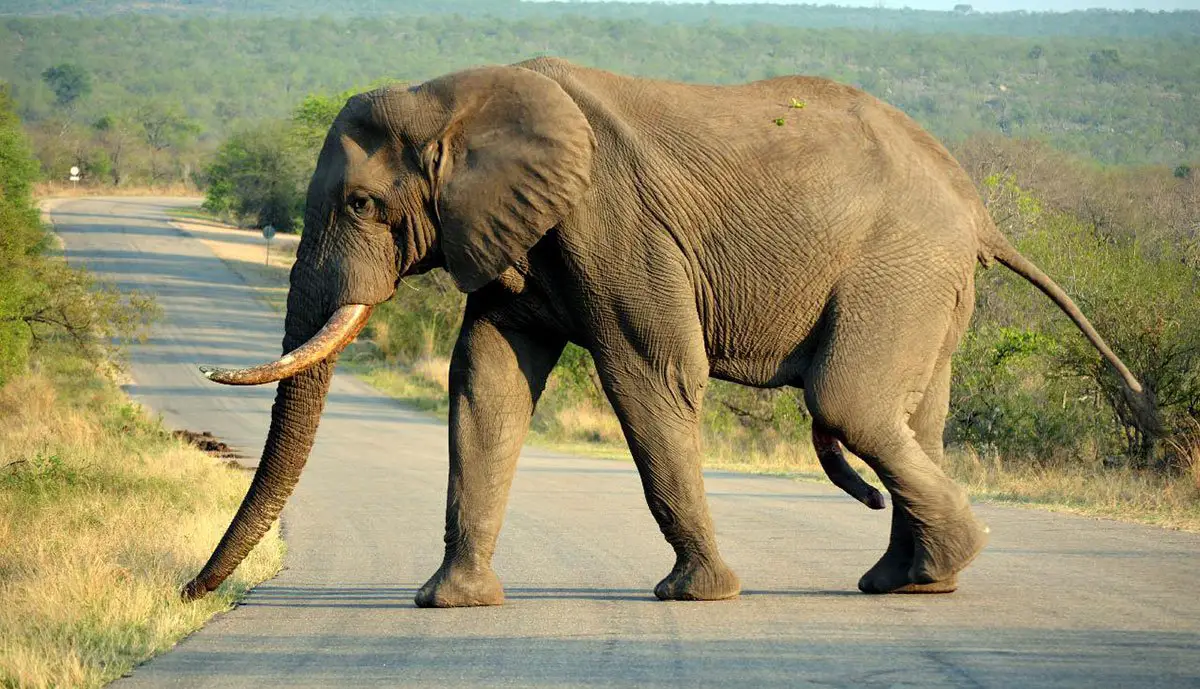Harp seal (Pagophilus groenlandicus) belongs to the species of true or earless seals. It is a noisy and highly social animal, spending much time in large colonies. It has thick layer of blubber, which protects it from cold temperature as well as give energy in case food is in short supply. It is also highly migratory as northwest individuals migrate as far as 2,500 miles. Its scientific name means “Ice-lover from Greenland”.
On top of its body, there are visible harp-like black stains. Its face has well-developed whiskers. Its body has silver-to-gray appearance with large all-black eyes. The coat of its pup has yellowish-white shade. However, it is turned to all-white after 72 hours and remains white for up to 3 weeks. Its flippers are used to either warm up or cool off the seal when required.
It can be as long as 5.7 to 6.7 feet and weighs around 310 to 420 pounds. At birth, the length of a pup is 80 to 85 centimeters and weighs 24 pounds. While a pup gains 4.9 pounds of weight every day, its mother loses 7 pounds each day. But after 12 days, she quickly weans (stop feeding milk) her pup.
Harp se als have a lifespan of about 30 years.
als have a lifespan of about 30 years.
A female harp seal reaches maturity at around 5 to 6 years of age. She bears one pup each year at the end of February. She nurses her pup for 12 days and without eating anything. Mating occurs underwater and the seals make 19 different calls in mating.
Pups learn to swim after about 8 weeks. However, by that time, they are vulnerable to predators like polar bears and only 70 percent of them survive in their first year. A pup usually calls its mother by shouting a loud voice. In ice, a female seal finds her pup by means of a powerful sense of smell.
Harp seals are present in largest numbers across west North Atlantic off Canada. They are found across Arctic Ocean and North Atlantic Ocean.
As opposed to land, harp seal likes spending most of the time in ocean waters.
The primary diet of harp seals is small bony fish as well as small crustaceans.
The predators of harp seals are polar bears, Greenland sharks and killer whales. In order to scare off its predators, adult harp seal growls.
Other Name: Saddleback seal





